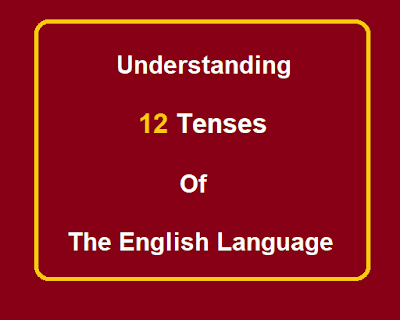Understanding the Twelve Tenses of the English Language
Understanding the Twelve Tenses of the English Language
Understanding the Twelve Tenses of the English Language
English grammar can appear daunting, especially when it comes to verb tenses. Verbs play a crucial role in constructing meaningful sentences, while tenses help us indicate the exact time of an action or event. The English language has twelve tenses, each serving unique purposes. In this article, we’ll explore and demystify these tenses to improve your mastery of verbal communication.
1. Simple Present Tense:
This tense describes actions or events that occur regularly, facts, general truths, or states of being. For example, “She plays tennis every Sunday” or “Water boils at 100 degrees Celsius.”
2. Present Continuous Tense:
Used to describe actions in progress at the present moment, ongoing plans, or temporary situations. For example, “They are studying for exams” or “I am learning to swim.”
3. Present Perfect Tense:
Expressing actions that have occurred at an indefinite time before the present. It emphasizes the result or consequence of an action. For example, “She has already finished her work” or “We have visited Paris twice.”
4. Present Perfect Continuous Tense:
Highlighting the duration or continuous nature of an action that started in the past and continues into the present. For example, “I have been studying English for five years” or “They have been waiting for the bus since morning.”
5. Simple Past Tense:
Referring to actions or events completed at a specific time in the past. For example, “She washed the dishes yesterday” or “We lived in that house for ten years.”
6. Past Continuous Tense:
Describing actions occurring over a period of time in the past or actions happening simultaneously. For example, “He was watching TV while she was cooking dinner” or “They were playing soccer all afternoon.”
7. Past Perfect Tense:
Indicating actions completed before a certain past point or event. For example, “She had already left when I arrived” or “They had finished dinner when the guests arrived.”
8. Past Perfect Continuous Tense:
Illustrating an action that began in the past, continued up to a specific point in past time, and emphasized its duration. For example, “He had been waiting for an hour when the bus finally arrived” or “They had been practicing the dance routine all day.”
9. Simple Future Tense:
Used to express actions that will occur in the future, unplanned actions, or predictions. For example, “I will see you tomorrow” or “The sun will rise in the east.”
10. Future Continuous Tense:
Referring to actions that will be ongoing at a particular time in the future. For example, “They will be traveling at this time next week” or “I will be studying when you come over.”
11. Future Perfect Tense:
Expressing actions that will be completed before a specific time in the future. For example, “He will have finished his assignment by tomorrow” or “We will have reached our destination before sunset.”
12. Future Perfect Continuous Tense:
Emphasizing the continuous duration of an action that will be in progress up to a specific point in the future. For example, “By next month, she will have been working here for a year” or “I will have been waiting for hours when he finally arrives.”
Understanding the twelve tenses of the English language empowers us to communicate more effectively and precisely. By grasping the purpose and usage of each tense, it becomes easier to convey the intended meaning and context. With practice and exposure to various examples, you can become fluent in expressing yourself with accuracy and confidence.
Source:
https://www.englishclub.com/grammar/verb-tenses.php


.webp)
.webp)
.webp)

.webp)